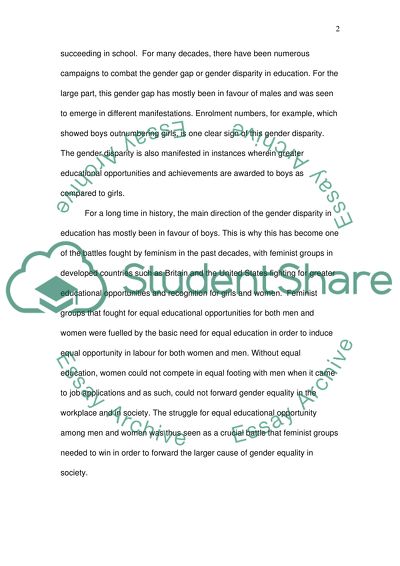Cite this document
(“The State of Girls in Britains Educational System Essay”, n.d.)
Retrieved from https://studentshare.org/sociology/1522739-the-state-of-girls-in-britains-educational-system
Retrieved from https://studentshare.org/sociology/1522739-the-state-of-girls-in-britains-educational-system
(The State of Girls in Britains Educational System Essay)
https://studentshare.org/sociology/1522739-the-state-of-girls-in-britains-educational-system.
https://studentshare.org/sociology/1522739-the-state-of-girls-in-britains-educational-system.
“The State of Girls in Britains Educational System Essay”, n.d. https://studentshare.org/sociology/1522739-the-state-of-girls-in-britains-educational-system.


